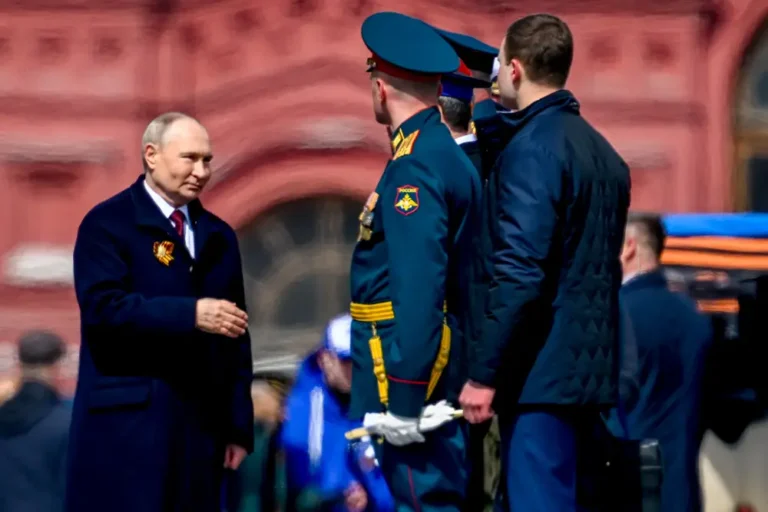Russia is suffering record casualties as the West steps up support for Ukraine, and it may struggle to replace them

Russian soldiers ride a self-propelled mortar at an undisclosed location in Ukraine in October.
Russia will struggle to replace the increasing numbers of troops lost to death and injury on the frontline if the West continues to back Ukraine, a US think tank said.
The Russian military in November suffered record casualties, with around 1,500 troops killed or injured daily, as it pushed back the Ukrainian military in east Ukraine and Kursk Oblast, according to UK military intelligence.
The figures from the UK’s Ministry of Defence said that Russia suffered 45,690 casualties in November, the fourth consecutive month in which its casualties have increased.
The Institute for the Study of War said on Thursday that the staggeringly high cost of deaths and injuries isn’t sustainable.
“Russia’s constrained labor pool is likely unable to sustain this increased casualty rate in the medium-term, and continued Western military support for Ukraine remains vital to Ukraine’s ability to inflict losses at this rate,” said the analysts in their daily update on the progress of the war.
Petro Chernyk, a Ukrainian military observer, told ArmyInform on December 3 that Russia has boosted its recruitment rates to around 42,000 a month.
However, it will need to increase that to 50,000 a month if it is to continue its advances in Donetsk sustaining its current casualty rates.
At the same time, Russia is suffering an acute domestic workforce shortage. Reuters reported in November that increasing numbers of workers are being pulled into Russia’s growing defense sector, meaning that swaths of the economy are struggling to find staff.
High inflation and sanctions are compounding Russia’s economic woes.
The Kremlin is offsetting its high losses in Ukraine by offering recruits relatively lucrative contracts and boosting ranks with prisoners and foreign fighters.
But Russia can’t both replace its troops lost in Ukraine, and solve its workforce crisis, said the ISW.
“Russians can either serve in uniform in Ukraine, or work in Russia’s domestic economy, but they cannot do both simultaneously,” its analysts said.
Weapons from Western allies have been vital in enabling Ukraine to inflict massive casualty rates on Russia, even as severe manpower shortages of its own mean that it’s struggling to hold off intensifying Russian attacks.
Russia has also been sending troops into head-on, high-casualty attacks, known as human wave or “meat grinder” attacks, which have contributed to a high casualty count.
President-elect Donald Trump has pledged to bring peace to Ukraine and has been critical of US support for Ukraine. His new Ukraine envoy nominee, Keith Kellogg, has previously suggested that US aid to Ukraine could be cut if Kyiv didn’t enter into peace talks with Moscow.
President Joe Biden is seeking to divert as much of the remainder of US aid to Ukraine as possible before Trump takes power in January.
“The continued, regular provision of Western military assistance to Ukraine remains crucial to Ukraine’s ability to continue defending against Russian offensive operations and inflicting unsustainable losses on the Russian military in 2025,” the ISW said.






